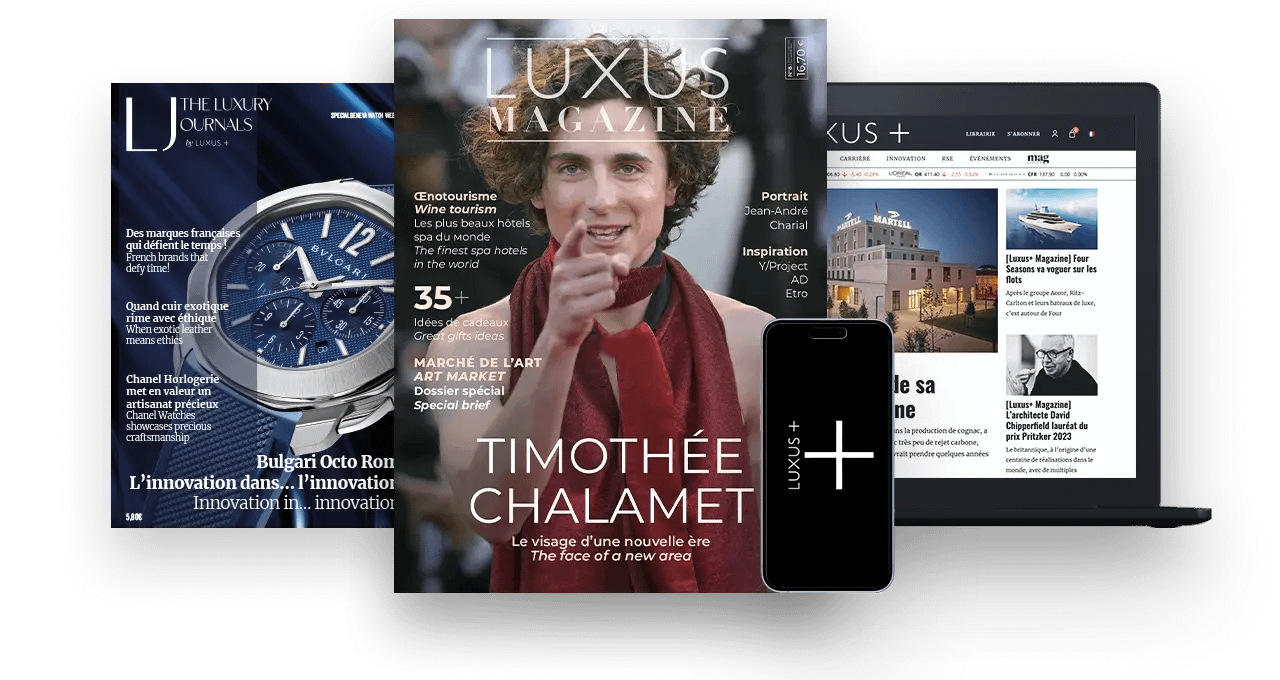Against a backdrop of global uncertainty, marked by the reintroduction of tariffs in the United States and a slowdown in the Chinese market, the big names in luxury cars are facing a mixed first half of 2025.
The trade agreement between the European Union and the Trump administration provides for a partial reduction in tariffs on car imports, but the new rate of 15% remains a significant obstacle. This tariff environment, combined with surcharges on steel and aluminum and Chinese retaliation, is disrupting the strategies of European manufacturers.
Who is most exposed ? Those who are heavily dependent on China and the United States. While Lamborghini and Ferrari are showing remarkable resilience, Aston Martin, BMW, Porsche, and Mercedes-Benz are having to contend with geopolitical, economic, and industrial headwinds.
BMW between American resilience and Asian difficulties
Despite a 32% drop in pre-tax profits in the second quarter of 2025 to €2.6 billion, BMW is maintaining its annual forecasts. The group is still expecting results comparable to those of 2024 (€11 billion) and an EBIT margin of between 5% and 7% for its automotive division. Chief Financial Officer Walter Mertl points out that BMW’s significant industrial presence in the United States mitigates the negative effects of the new tariffs.
Read also > Flamboyant first quarter for Ferrari and Lamborghini, flagships of the Italian automotive industry
Featured photo : © Getty Images






































